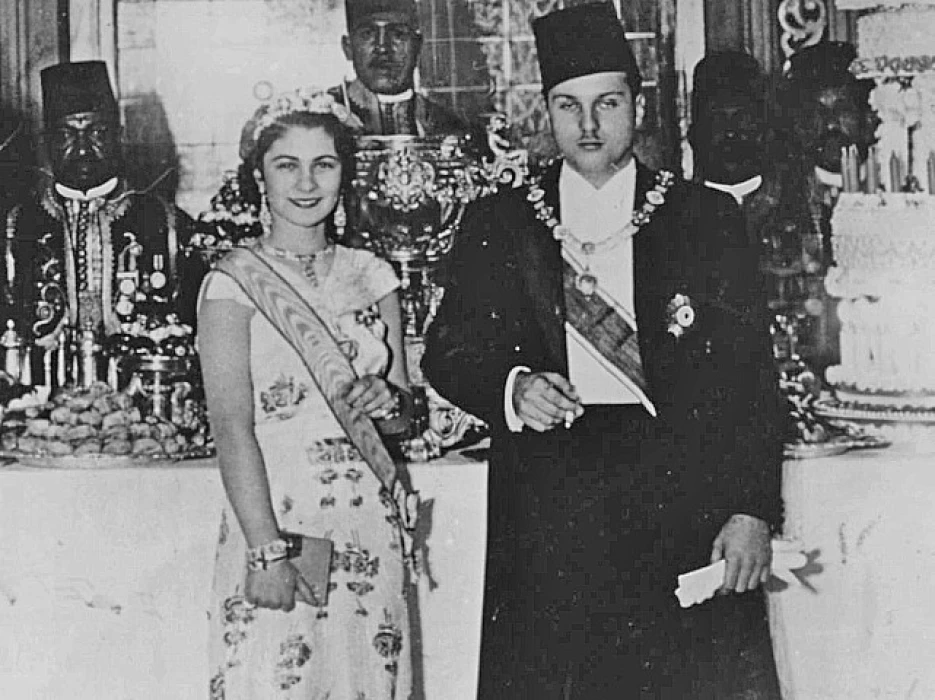
King Farouk I: The last king of Egypt
King Farouk I: The last king of Egypt
King Farouk, the last monarch of Egypt from the Alawite dynasty, ruled for a period of 16 years until he was ousted of power in the July 23 Revolution instigated by the Free Officers Organization. He passed away on March 18, 1965, and was initially interred in the Ibrahim Pasha Cemetery located in the vicinity of Imam al-Shafei before his body was moved during the reign of President Muhammad Anwar Sadat to the Royal Cemetery located at the Rifai Mosque in Cairo, as per King Farouk's wishes.
King Farouk is the descendant of King Ahmed Fuad I, whose father is Khedive Ismail ibn Ibraheem ibn Muhammed Ali Paasha, who was born in Cairo on the 11th day of February 1920 to the Queen, Nazli and is the last child of King Ahmed Fuad I
He was given the title of crown prince at a very early age, and King Fuad I picked for his crown prince the title of Prince of Upper Egypt, and so Farouk carried that burden at an early stage, nad after undergoing further studies outside the country, since he assumed the throne aged only sixteen years following the passing of his father King (Fuad I) twenty-eight days after the twenty-eighth day of February in the year nineteen thirty-six, under the care of Prince Muhammad Ali Tawfiq, Aziz Ezzat Pasha and Sheirf Sabri Pash too.
After reaching the legal age of eighteen (according to the Hijri calendar), King Farouk I took the throne of Egypt on July 29, 1937. He first married Queen Farida, also known as Safinaz, in 1938 and had three daughters: Feryal, Fawzia, and Fadia. After disagreements, he divorced Queen Farida because she was unable to bear a male heir, and the news of the divorce was met with intense ire from the populace because of his love for her.
In the year 1951, King Farouk wedded his second spouse Queen Nariman and welcomed Crown Prince Ahmed Fuad II who had to take over the throne at six months of age under the supervision of a council of regents operating under prince Muhammad Ali following King Farouk's resignation.
It was on the morning of July 23, 1952 that this transpired, the commencement of what came to be known as the July Revolution. King Farouk, on board the royal yacht Mahrousa, said goodbye on July 26, 1952, to General Mohamed Naguib and a few other officers of the Revolutionary Command Council.
Farouk lived in Rome, the Italian capital, while making trips to Switzerland and France every now and then before resting in peace in Rome on March 18, 1965, at the age of forty-five years, at which point his corpse was brought back to Egypt.














